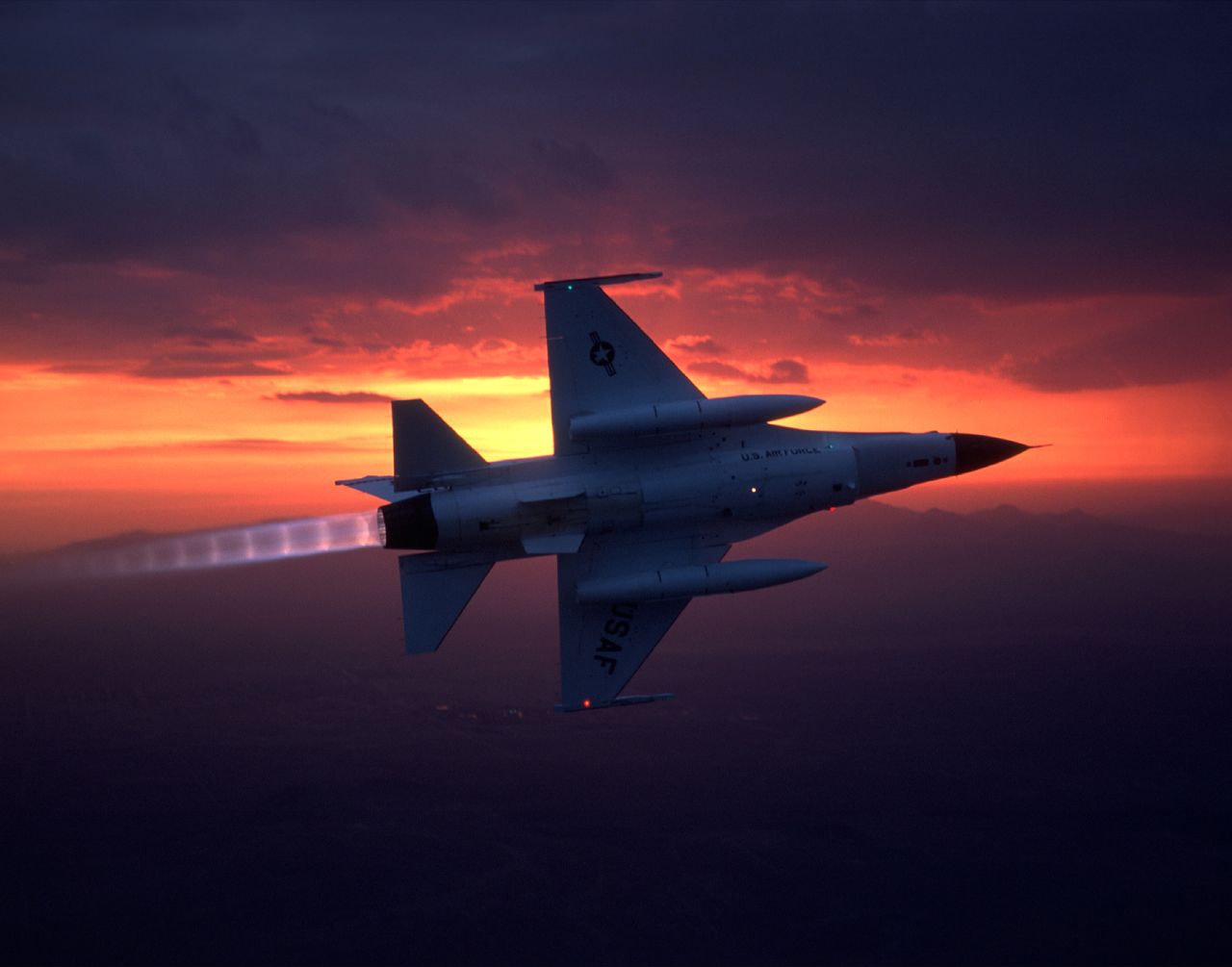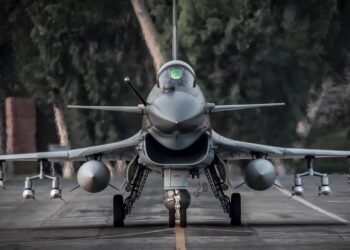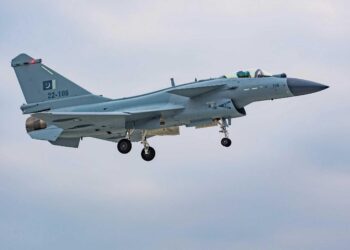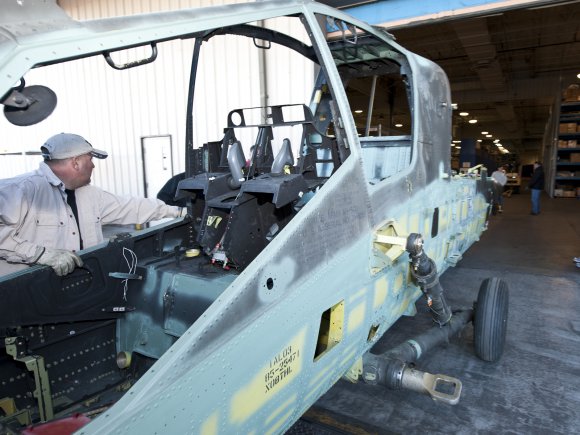World military expenditure in 2011 totalled $1.74 trillion, almost unchanged since 2010 in real terms, according to figures released today by Stockholm International Peace Research Institute (SIPRI). The comprehensive annual update of the SIPRI Military Expenditure Database is accessible from today at www.sipri.org.
The small rise of just 0.3 per cent in 2011 marks the end of a run of continuous increases in military spending between 1998 and 2010, including an annual average increase of 4.5 per cent between 2001 and 2009.
Six of the world’s top military spenders—Brazil, France, Germany, India, the United Kingdom and the United States—made cuts in their military budgets in 2011, in most cases as part of attempts to reduce budget deficits. Meanwhile other states, notably China and Russia, increased their military spending markedly.
‘The after-effects of the global economic crisis, especially deficit-reduction measures in the USA and Europe, have finally brought the decade-long rise in military spending to a halt—at least for now’, stated Dr Sam Perlo-Freeman, head of the SIPRI Military Expenditure Project.
Budgetary pressures in the United States and Europe lead to austerity cuts
Military expenditure by the USA, the world’s top military spender, fell by 1.2 per cent in real terms (or $8.7 billion in 2010 prices). This is partly the result of the long delay by the US Congress in agreeing a budget for fiscal year 2011, as the Obama Administration clashed with Republicans over how to reduce the US budget deficit.
This trend is likely to continue as deficit-reduction measures approved by the Congress in 2011 will restrict the future growth of the ‘base’ military budget. In addition, it is expected that the withdrawal from Iraq and the drawdown in Afghanistan will lead to falls in additional war spending.
The three top spenders in Western Europe—France, Germany and the UK—have begun to reduce spending as part of austerity measures imposed to reduce budget deficits. France’s military budget has fallen 4 per cent since 2008, and while reductions over the same period in Germany (1.4 per cent) and the UK (0.6 per cent) have been more modest, both states plan further cuts in the coming years.
Far larger cuts have been made in Greece, Spain, Italy and Ireland as a result of their sovereign debt crises, and most central European countries have also made severe cuts.
Russian military spending increases by over 9 per cent
Russia, in contrast, increased its military spending by 9.3 per cent in 2011, reaching a total of $71.9 billion, which now makes the country the third largest military spender worldwide, overtaking the UK and France.
Further increases in military spending are planned, notably in equipment, research and development (R&D) and support for the arms and military services industry over the period 2011–20, with plans to replace the majority of Russia’s mostly Soviet-era military equipment with modern weaponry by 2020.
Notable regional developments
- Military expenditure in Asia and Oceania rose by 2.4 per cent, due mostly to a 6.7 per cent ($8.2 billion) increase by China. India’s military budget fell by 3.9 per cent, or $1.9 billion, in real terms, with high inflation cancelling out a nominal increase.
- In Africa, most of the regional increase of 8.6 per cent is accounted for by a 44 per cent ($2.5 billion) increase by Algeria—partly due to concerns over the conflict in Libya.
- The Middle East is the only region where a clear increasing pattern was discernible for most countries, although the lack of data for key players such as Iran and the United Arab Emirates (UAE) makes the regional total highly uncertain.
- In Latin America military spending fell by 3.3 per cent in 2011. The region’s leading spender, Brazil, cut its 2011 military budget by 8.2 per cent, or $2.8 billion, as part of efforts to cool its economy and reduce inflation. The resulting fall accounted for almost all of the regional fall in Latin America.
‘It is too early to say whether the flattening of military spending in 2011 represents a long-term change of trend,’ said Dr Perlo-Freeman. ‘While we are likely to see some further falls in the USA and Europe in the next few years, trends in Asia, Africa and the Middle East continue to be upward for now, and any major new war could change the picture dramatically.’
SIPRI’s research on military spending monitors developments in military expenditure worldwide and maintains the most comprehensive, consistent and extensive data source available on military expenditure. Military expenditure refers to all government spending on current military forces and activities, including salaries and benefits, operational expenses, arms and equipment purchases, military construction, research and development, and central administration, command and support. SIPRI therefore discourages the use of terms such as ‘arms spending’ when referring to military expenditure, as spending on armaments is usually only a minority of the total.
All percentage increases and decreases are expressed in real terms (constant 2010 prices).
This is the final of a series of three major data sets pre-launches, before SIPRI’s Yearbook is published in June 2012. On 4 June, SIPRI will launch its 2012 Yearbook (cutting-edge information and analysis on the state of the world’s nuclear forces, the international peacekeeping agenda and steps to control WMD).
The Stockholm International Peace Research Institute (SIPRI) is an independent international institute dedicated to research into conflict, armaments, arms control and disarmament. Established in 1966, SIPRI provides data, analysis and recommendations, based on open sources, to policymakers, researchers, media and the interested public. SIPRI is named as one of the world’s leading think tanks in Foreign Policy magazine’s ‘Think Tank Index’.











